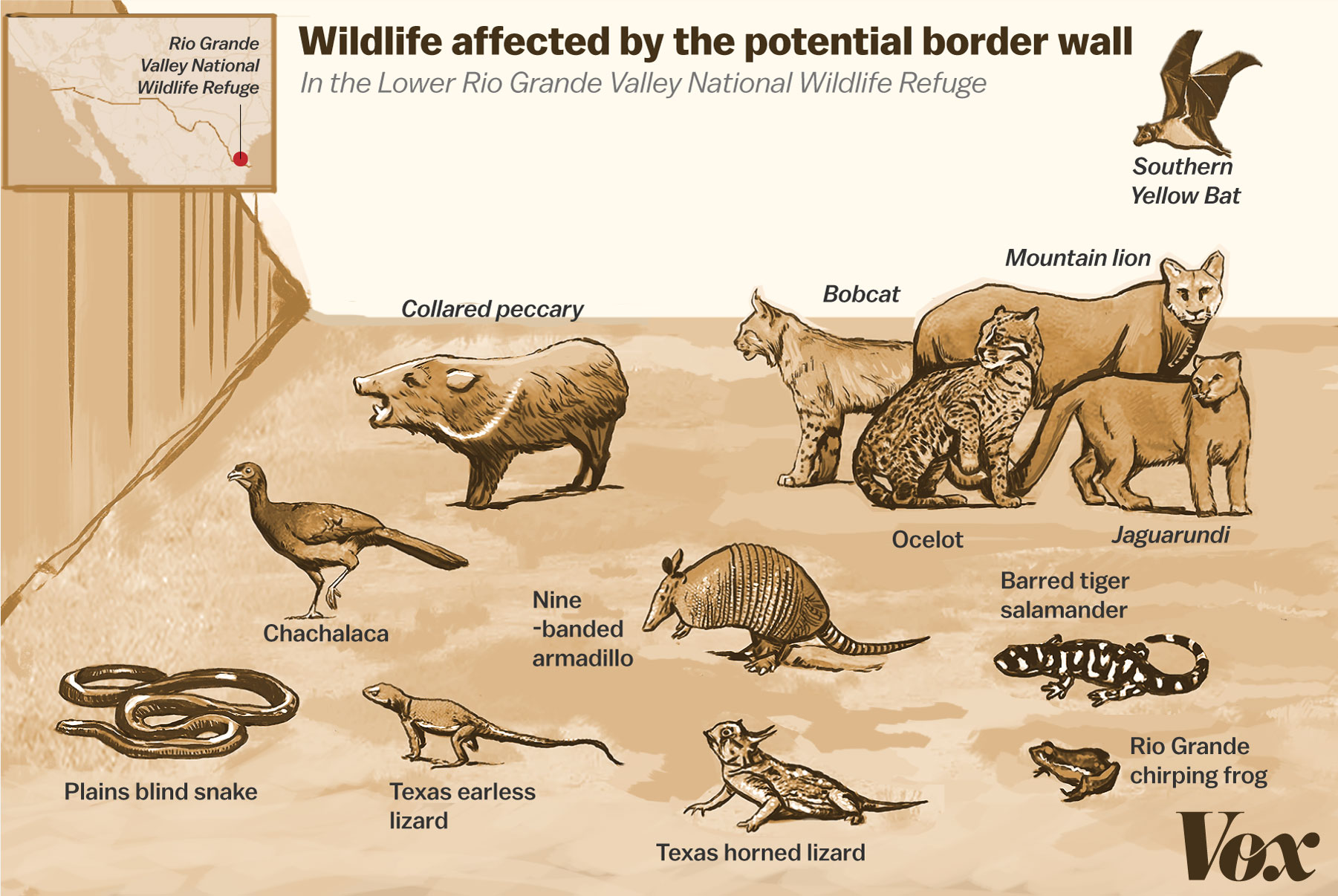
In an area of lush green wildlife and rolling mountains, disaster plagues the lives of many who live in the Adirondack area. Not only does mountaintop removal destroy the beautiful landscape that many residents treasure, but it leaves these people with alarming conditions everyday. Maria Gunnoe of Bobwhite, West Virginia, raised by a coal mining family and left land to raise her own family on, lives in constant fear of a disaster waiting to happen. Due to a mountaintop removal project launched in 2000, Maria’s property flooded 7 times in 3 years, even washing away the access bridge to her street and the family’s dog. Because of the threatening conditions, Maria has stated that her children go to sleep prepared to be ready at a moment’s notice to leave their house whenever heavy rain ensues. Now living in a community wrecked by land degradation and poverty, Maria cannot afford nor find anyone to buy her property and cannot provide her family with simple resources, such as clean water (Palone, 2013). Rather than fleeing and giving her community over to the coal companies, Maria is a leader in the movement to end mountaintop removal and organizes to strengthen legislation that is supposed to protect her rights. “This is absolutely against everything that America stands for. And I know that we have better options than this. We do not have to blow up our mountains and poison our water to create energy. I will be here to fight for our rights. My family is here, we’ve been here for the past 10 generations, and we’re not leaving. We will continue to demand better for our children’s future in all that we do” (Mountain Heroes: Maria Gunnoe, 2012, p. 1).















Recent Comments